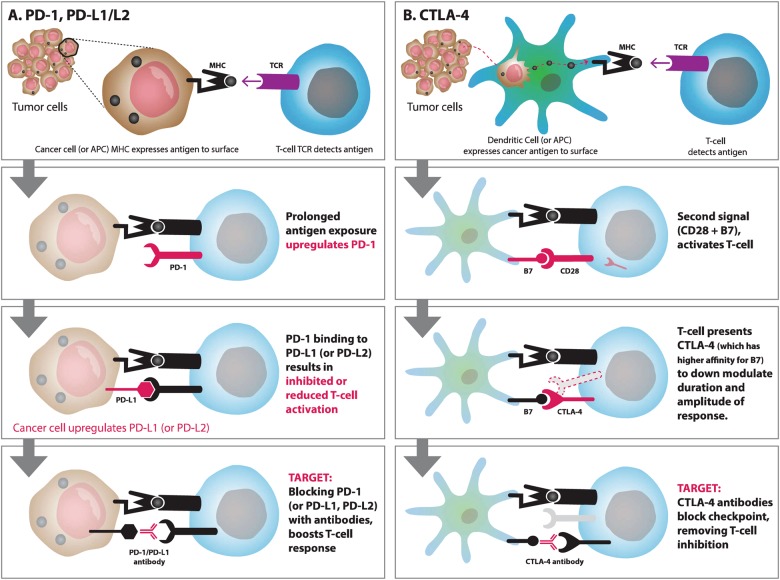Fig. 1. Regulation of antitumor immunity and immunotherapy targets.
a Programmed cell death protein-1 (PD-1) inhibits the activation and function of T cells. When PD-1 on activated T cells binds to programmed cell death ligand 1 (PD-L1) or programmed cell death ligand 2 (PD-L2) on tumor cells, T cells become inactivated, allowing tumor cells to evade the host immune response. Anti-PD-1 or PD-L1 antibodies can inhibit suppressive effects of tumor cells and enhance antitumor activities. b T-cell activation requires both TCR signaling and co-stimulatory signaling (CD28). When T cells get activated, cytotoxic T-lymphocyte-associated protein 4 (CTLA-4) is upregulated and displaced by CD28 binding to B7 due to higher binding affinity. The binding of B7 proteins to CTLA-4 inhibits T-cell activation

